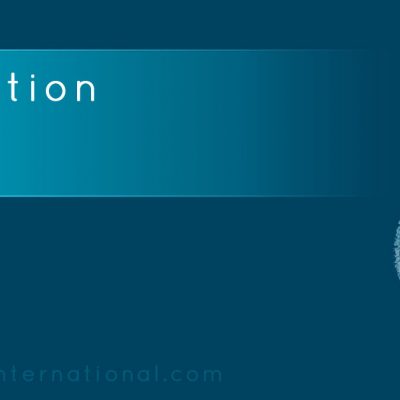
All organizations have within them situations of conflict. The energy used for the conflict is energy that is not available for getting the work of the organization done. There are many reasons for conflict. People engaged in conflict are usually so fixed on one perspective, that they rarely ask each other genuine questions, nor are they prepared to really listen to each other. They tend to lose contact with their own whole self, rendering parts of themselves voiceless and are thereby unable to participate fully and effectively in conflict resolution efforts.
A key question that leaders have is about how they can find a way to create an event that unearths the cause of the actual conflict, frees up energy for the organization to move on, and builds the will to have the actual conflict resolved. In short, how can they resolve conflict through a process that creates real, meaningful and lasting resolution?
When a leader asks us what we might be able to do to help out, we end up discussing that in conflicted situations, people have difficulty listening to other parties. We also caution about paying attention for what the real cause of the conflict is, not being fooled by the symptoms as though they are the cause.
In our many years of experience of working with situations of conflict, we have found that the group that is visibly engaged in the conflict within an organization is often NOT the group that is the root cause of the problem. Often the conflict is present because of a bigger issue within the system. This group of people is a symptom of the conflict and not the cause.
How, then, can you work with this group of people to get at they systemic problems that are creating the conflict?
Our 2 Step Approach to Resolving Conflict and Achieving REAL Resolution
Step 1: Large Group Meeting
Prior to getting to the phase of holding a conflict resolution meeting, we recommend that another approach be taken to assist in conflict resolution that also gets at the root cause of the conflict. The approach that we recommend is to engage in a highly participatory meeting process, either an Open Space Technology meeting or a Whole Person Process Facilitated meeting to which the whole organization or representatives of the whole organization are invited. The topic of the meeting SHOULD NOT be the conflict. Instead, the topic should be a business issue or opportunity that there is real passion for.
Use of highly participative meetings around issues important to the organization and other than the conflict can work both as catalysts for conflict resolution, and unearth any conflict that may need to be dealt with among the actual conflicted parties.
What usually happens is that the organization has the benefit of achieving good solutions and action planning for a current business challenge AND inevitably, during the meeting, while the participants are working on something together, much of the conflict resolves without any direct intervention to do so.
Any remaining conflict that is not self-resolving is likely to be identified. Conflict resolution around any lasting conflict is then agreed upon as an action plan emerging from the meeting and the will is developed to do something about the conflict. This is a critical point – the establishment of the will to do something about the conflict. No conflict resolves if the will to do so is not present.
Step 2: Cross Cultural Conflict Resolution
A highly effective Cross Cultural Conflict meeting is possible once the people have self identified that there is conflict and that they want to do something about it. The meeting should be held with all involved in the conflict, as quickly after the Step One meeting as possible while the will to solve the conflict is high.
Cross Cultural Conflict Resolution is a process that we developed nearly 20 years ago. When we facilitate a Cross Cultural Conflict Resolution meeting we make sure that it is designed to create the conditions for the people involved in the conflict to really solve the conflict. The word ‘resolve’ is handled as ‘re-solve’. In developing this approach to conflict resolution, we didn’t focus on the differences of people. Rather, we follow the philosophy that deep within all persons, no matter the diversity, are some things that are the same, universally.
As we work through the conflict resolution process with the people involved, real and lasting resolution is created.











Leave a Reply
You must be logged in to post a comment.